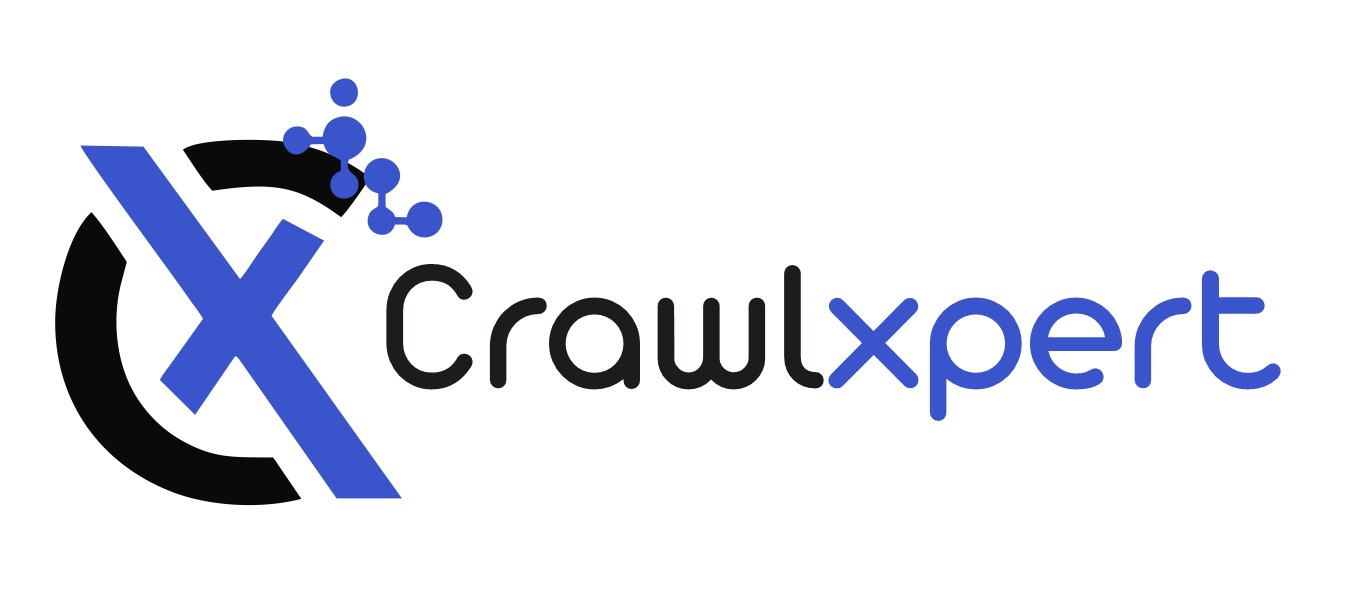
Extracting Customer Reviews from Food Delivery Apps for Sentiment Analysis
Apr 14, 2025
Introduction
Customer reviews are a goldmine of information for businesses operating in the food delivery industry. With these reviews, customers could give an insight into areas they are satisfied with, their preferences, and what they want to improve. The plethora of food delivery websites like Uber Eats, DoorDash, Grubhub, and Zomato has now driven most businesses to extract and analyze customer data to improve their delivery systems for better market competition.
Sentiment analysis helps organizations perform customer-level analysis and trend detection, which can then be used to develop products based on real-world, actual feedback. Web scraping will also help businesses gather customer reviews/feedback from food delivery apps, and analyze sentiment in data collected from different sources such as apps and online communities. This blog examines the extraction of customer reviews, their methods of web scraping, the challenges involved, and effective practice techniques for conducting sentiment analysis.
Why Extract Customer Reviews from Food Delivery Apps?
1. Understanding Customer Sentiment
Customer reviews are often written to show the feelings that exist within a group of customers for a restaurant, a food item, or even a delivery service. Through this analysis of the sentiment, businesses can quantify the general trend in the attitudes of their customers, be they happy, dissatisfied, or neutral.
2. Pain Points Detection
By extracting reviews, it helps businesses identify recurring customer complaints, for example, late deliveries, food quality issues, high service charges, and poor customer care. Addressing these common issues will lead to enhanced satisfaction for all consumers.
3. Competitive Benchmarking
Through a competitive review of comments, a food delivery service will understand where it stands compared to its competitors in the service, prices, and quality offered. Competitive sentiment analysis provides wonderful insights into companies' strengths and shortcomings.
4. Enhancing Brand Reputation
Businesses can build an improved reputation and have great relationships with their customers by tracking customer reviews and taking proactive actions on negative customer reviews.
5. Data-based Decision Making
The analysis of customer sentiment assists businesses in making decisions based on data from a given customer when it comes to menu enhancement, pricing changes, and marketing campaigns.
Methodologies for Extracting Customer Reviews
1. Identifying Target Platforms
To perform sentiment analysis, businesses must collect reviews from leading food delivery platforms. Some major apps include:
- Uber Eats – Offers a wide range of restaurant options globally.
- DoorDash – Dominant in North America, known for rapid deliveries.
- Grubhub – Features local and chain restaurants with extensive customer feedback.
- Zomato – Popular in India and the Middle East, known for detailed restaurant reviews.
- Swiggy – Leading Indian food delivery service with comprehensive user feedback.
- Postmates – Provides food, groceries, and essentials with customer ratings.
- Deliveroo – Strong presence in the UK and Europe, with extensive review data.
- Just Eat – Offers food delivery services across European markets.
- Foodpanda – Serves Asia and Eastern Europe with multilingual customer reviews.
- Glovo – Provides restaurant deliveries along with grocery and retail services.
2. Data Fields to Extract
Key data points to extract from customer reviews include:
- Review Text – The actual customer feedback.
- Rating Score – Numeric rating (e.g., 1-5 stars).
- Customer Name (if available) – Some platforms display user details.
- Date of Review – Helps track sentiment trends over time.
- Restaurant Name – Identifies which restaurant the review belongs to.
- Order Details (if available) – Extracting menu items for granular analysis.
3. Web Scraping Tools and Techniques
Web scraping is the primary method for extracting reviews from food delivery apps. Some commonly used tools and technologies include:
- Scrapy – A Python-based framework ideal for large-scale data extraction.
- Selenium – Useful for scraping JavaScript-rendered pages.
- BeautifulSoup – Extracts structured data from HTML pages.
- Puppeteer – Automates headless browser interactions for complex websites.
- API Integration – Some platforms offer official APIs for structured data access.
4. Handling Anti-Scraping Mechanisms
Food delivery platforms employ various anti-scraping measures, including:
- CAPTCHAs – Preventing bots from excessive data extraction.
- IP Rate Limiting – Restricting access based on request frequency.
- Dynamic Content Loading – Using JavaScript to load reviews asynchronously.
To overcome these challenges, businesses use techniques like:
- Rotating IP Proxies – Prevents detection by mimicking multiple users.
- User-Agent Rotation – Avoids detection by altering browser identifiers.
- Headless Browsing – Simulates real user behavior for seamless data extraction.
Sentiment Analysis of Extracted Customer Reviews
1. Preprocessing the Data
Before performing sentiment analysis, extracted reviews must be cleaned and structured. Steps include:
- Removing Special Characters & HTML Tags – Eliminates unwanted symbols and formatting.
- Tokenization – Splitting text into individual words for analysis.
- Stopword Removal – Eliminates common words that do not add meaning (e.g., "the," "and").
- Lemmatization – Converts words to their root forms (e.g., "delivering" → "deliver").
2. Sentiment Analysis Techniques
Once preprocessed, reviews undergo sentiment analysis using various techniques:
a. Lexicon-Based Approach
This method uses predefined sentiment dictionaries (e.g., VADER, TextBlob) to assign sentiment scores to words and determine overall sentiment polarity (positive, negative, or neutral).
b. Machine Learning Models
Supervised ML algorithms such as Naive Bayes, Support Vector Machines (SVM), and Logistic Regression are trained on labeled review datasets to classify sentiment.
c. Deep Learning Methods
Advanced neural networks like Long Short-Term Memory (LSTM) and Transformers (e.g., BERT) analyze sentiment based on contextual word meanings.
3. Visualizing Sentiment Trends
Extracted sentiment data can be visualized using:
- Word Clouds – Highlighting frequently mentioned keywords in reviews.
- Sentiment Distribution Charts – Displaying positive, negative, and neutral review proportions.
- Time Series Analysis – Tracking sentiment trends over time.
Challenges in Extracting and Analyzing Customer Reviews
1. Review Manipulation & Fake Reviews
Many businesses post fake reviews to manipulate their ratings. Detecting and filtering fake reviews requires advanced anomaly detection algorithms.
2. Language & Context Challenges
Customer reviews often include slang, abbreviations, and context-dependent meanings, making sentiment analysis complex.
3. Data Privacy & Compliance
Extracting customer reviews must comply with GDPR, CCPA, and platform-specific policies to ensure ethical data usage.
4. Sentiment Ambiguity
Some reviews contain mixed sentiments (e.g., "The food was great, but delivery was late"). Multi-label sentiment classification helps address this issue.
Best Practices for Review Extraction and Sentiment Analysis
- Use API Access When Available – Avoid scraping by using official APIs if provided.
- Ensure Compliance with Data Regulations – Follow ethical and legal guidelines while extracting data.
- Implement AI-Powered Fake Review Detection – Use machine learning to filter out suspicious reviews.
- Regularly Update Scraping Scripts – Adapt to website structure changes and prevent data extraction failures.
- Monitor Sentiment Trends in Real-Time – Set up dashboards for continuous monitoring of customer feedback.
Conclusion
What must be eye-catching are customer reviews from food delivery apps, as they provide important insights for businesses into how they can improve the customer experience as well as services. Structured data extraction techniques such as web scraping, API integration, and manual collection can help organizations mine sentiment trends for data-based strategic formulation and comply with data privacy legislation governing ethical data handling. CrawlXpert provides advanced extraction and analytics solutions to help make customer reviews more accessible. This will give organizations a competitive advantage in the food delivery business.

